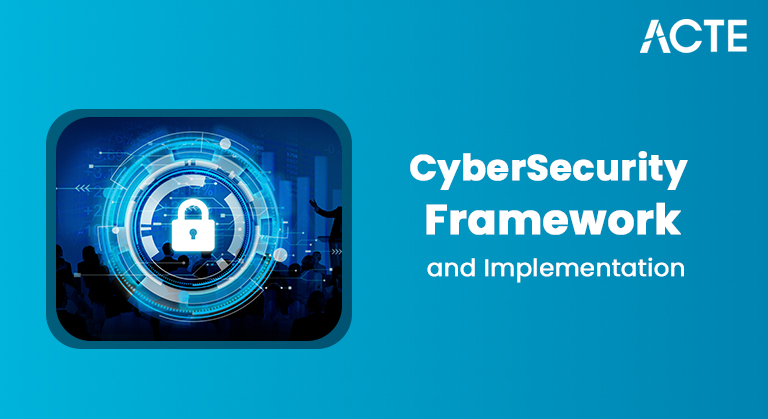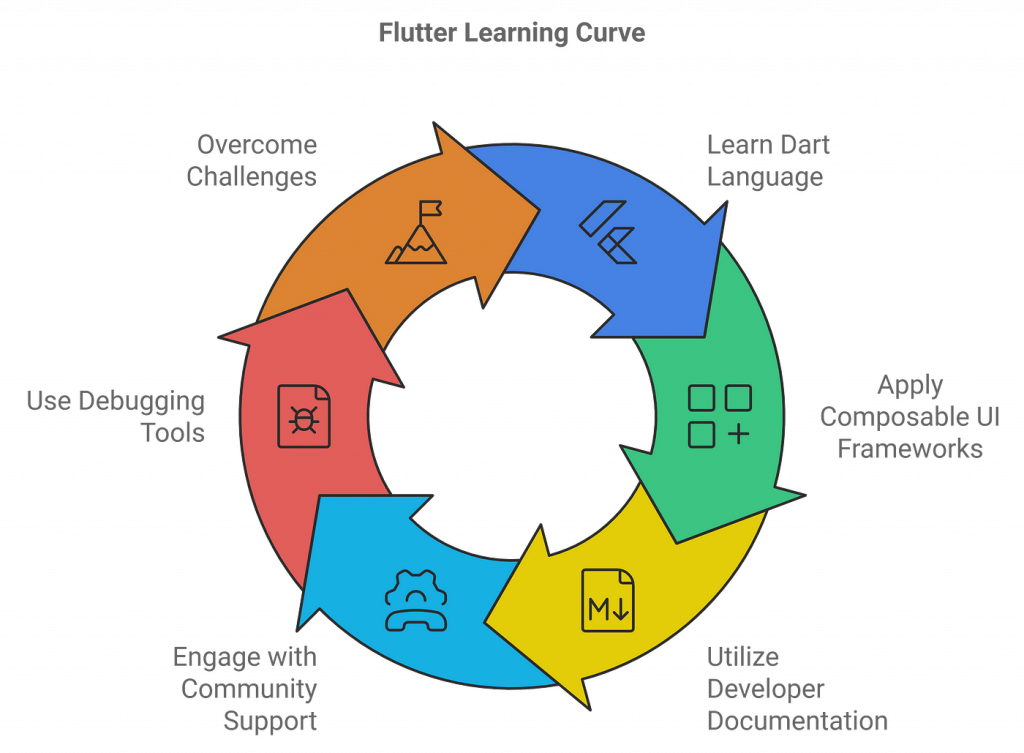
- Introduction Ansible vs Jenkins
- Overview of Ansible
- core Differences Between Ansible and Jenkins
- Overview of Jenkins
- Use Cases for Ansible
- Integration and Compatibility
- Use Cases for Jenkins
- Learning Curve and Community Support
- Conclusion
Introduction Ansible vs Jenkins
In the world of Devops Automation , Ansible and Jenkins stand out as two powerful tools that help streamline processes and improve efficiency. While both tools are widely used, they serve different purposes and are designed to address specific challenges in the software development lifecycle. Ansible is a configuration management and automation tool that allows IT administrators to automate infrastructure provisioning, application deployment, and configuration management. It is agentless, meaning it does not require software to be installed on target machines, making it lightweight and easy to set up. Ansible uses YAML-based playbooks to define automation workflows, ensuring that system configurations remain consistent across multiple environments. Its ability to automate repetitive tasks reduces human error and increases operational efficiency. Jenkins, on the other hand, is a continuous integration and continuous deployment (CI/CD) tool that automates software builds, testing, and deployment. Jenkins allows development teams to set up pipelines that automatically trigger code builds, run unit tests, and deploy applications to production environments. The Devops Course integrates seamlessly with various tools, including Git, Docker, Kubernetes, and cloud platforms, ensuring a smooth and automated development process.
Ready to Earn Your AWS Certificate? View The Devops Training Currently Provided by ACTE!
Overview of Ansible
Ansible is an open-source automation tool that focuses on configuration management, application deployment, and task automation. It simplifies IT operations by enabling users to define infrastructure as code (IaC) through YAML-based playbooks. These playbooks describe a series of tasks that Ansible executes in a structured manner, ensuring consistency and repeatability across environments. One of Ansible’s key advantages is its agentless architecture, which eliminates the need for installing additional software on managed nodes. Instead, it relies on SSH (Secure Shell) for Linux-based systems and WinRM (Windows Remote Management) for Windows servers, reducing overhead and security risks. This lightweight approach makes Ansible easy to set up and manage, particularly for organizations with diverse IT environments. Ansible supports idempotency, meaning tasks are only applied when necessary, preventing unnecessary changes and ensuring stability. It integrates seamlessly with cloud providers like AWS, Azure, and Google Cloud, allowing users to automate infrastructure provisioning, scaling, and configuration. Additionally, Ansible’s modular structure provides thousands of built-in modules that help automate networking, security, and application deployment. Whether managing a few servers or thousands, Ansible enhances efficiency, scalability, and security while reducing manual errors and operational complexity. Its vast community support and enterprise-ready solutions, like Ansible Tower, make it a preferred choice for DevOps and IT automation.
Core Differences Between Ansible and Jenkins
Purpose- Ansible is primarily used for configuration management, infrastructure provisioning, and automation. It allows system administrators and DevOps engineers to define and enforce the desired state of infrastructure across multiple servers. By using Ansible, teams can automate repetitive tasks such as software installation, system updates, and security configurations.
- Jenkins, on the other hand, is focused on Continuous Integration and Continuous Deployment (CI/CD) . It automates the software development lifecycle by building, testing, and deploying applications. Jenkins ensures that code changes are continuously integrated and delivered efficiently, reducing manual intervention and improving software quality. Language
- Ansible relies on YAML-based playbooks to define automation workflows. YAML provides a human-readable format, making it easy for teams to write and maintain configuration scripts.
- Jenkins primarily uses Groovy for scripting pipelines. It supports both declarative and scripted pipeline syntax, allowing flexibility in defining CI/CD workflows.

-
Architecture
- Ansible operates in a push-based model, where it directly pushes configurations to remote nodes using SSH or WinRM. This eliminates the need for installing agents on target systems, making it agentless.
- Jenkins follows a pull-based model, where Jenkins agents fetch tasks from the central Jenkins server. These agents execute the build and deployment jobs as instructed. In an AWS Devops environment, Jenkins can be integrated with AWS services to automate CI/CD pipelines, ensuring seamless deployment and scalability. Use Cases
- Ansible is best suited for server provisioning, cloud automation, configuration enforcement, and security compliance. It integrates well with cloud platforms like AWS, Azure, and Google Cloud for automating infrastructure.
- Jenkins is widely used for automating software builds, running tests, orchestrating CI/CD pipelines, and managing deployment workflows. It supports a vast number of plugins, enhancing its functionality.
Overview of Jenkins
Jenkins, an open-source automation server, streamlines continuous integration and continuous delivery (CI/CD) processes, making software development more efficient and reliable. It enables developers to automate the building, testing, and deployment of applications, reducing manual intervention and minimizing errors. By integrating with a wide range of tools, Jenkins helps teams maintain code quality and accelerate delivery cycles. One of Jenkins’ key strengths is its extensive plugin ecosystem, which allows developers to customize their CI/CD pipelines according to their specific requirements. With support for over a thousand plugins, Jenkins seamlessly integrates with source control systems like Git, issue tracking tools like Jira, and cloud platforms such as AWS, Azure, and Google Cloud. This flexibility makes Jenkins a preferred choice for DevOps teams across industries. Jenkins also supports distributed builds, enabling developers to execute tasks on multiple machines, thus improving efficiency and scalability. It provides real-time feedback on build statuses, helping teams quickly identify and resolve issues. The declarative pipeline feature further enhances automation by allowing teams to define complex workflows using simple code. With its strong community support, robust documentation, and frequent updates, Jenkins continues to be a leading tool for automating CI/CD pipelines, empowering developers to deliver high-quality software at a faster pace.
Interested in Obtaining Your Devops Certificate? View The Devops Online Course Offered By ACTE Right Now!
Use Cases for Ansible
- Automating Server Provisioning and Configuration: Ansible automates the setup of new servers by installing software, configuring system settings, and enforcing security policies. It enables IT teams to define configurations in YAML-based playbooks, ensuring that all servers remain in a desired state. This is especially useful for managing large-scale infrastructure across on-premises and cloud environments.
- Deploying Applications Across Multiple Environments: Ansible streamlines the deployment of applications by automating software installations, managing dependencies, and configuring services. Whether deploying to development, testing, or production environments, Ansible ensures that applications are deployed consistently and without manual errors. This reduces downtime and accelerates software delivery. Enrolling in a Devops Training can help professionals master Ansible and other essential automation tools to enhance deployment efficiency.
- Managing Network Devices and Cloud Infrastructure: Ansible extends beyond traditional server automation—it also automates network device configurations and cloud resources. It supports Cisco, Juniper, Arista, and other network vendors, making it ideal for automating network security policies, firewall rules, and routing configurations. Additionally, Ansible integrates with cloud platforms like AWS, Azure, and Google Cloud for provisioning and managing virtual machines, storage, and networking components.
- Orchestrating Complex Workflows: Ansible enables IT teams to coordinate workflows across multiple systems, automating complex processes such as database migrations, load balancing, and rolling updates. By defining workflows in Ansible playbooks, teams can create end-to-end Automated Devops pipeline that reduce manual intervention and minimize the risk of configuration drift.
Integration and Compatibility
Ansible IntegrationsAnsible is designed to work seamlessly with cloud providers such as AWS, Azure, and Google Cloud, making it an excellent choice for cloud automation and infrastructure as code (IaC). It supports provisioning and configuring virtual machines, containers, and cloud-based services. Additionally, Ansible integrates with Docker and Kubernetes, enabling teams to automate container orchestration and application deployment across different environments. One of Ansible’s key strengths is its agentless architecture and simple YAML syntax, which makes writing and managing automation scripts more intuitive. With modules for various services and APIs, Ansible can automate network configurations, security policies, and even database management.
Jenkins IntegrationsJenkins, in contrast, is known for its extensive plugin ecosystem. It integrates with virtually every tool in the software development lifecycle, including source code management (Git, SVN), testing frameworks (JUnit, Selenium), build tools (Maven, Gradle), and deployment platforms (Docker, Kubernetes, AWS CodeDeploy, Azure DevOps). With over 1,800 plugins, Jenkins allows teams to customize CI/CD pipelines to fit their unique requirements. Whether automating builds, running security scans, or managing test environments, Jenkins provides the flexibility to integrate various tools efficiently.
Are You Considering Pursuing a Cloud Computing Master’s Degree? Enroll For Microsoft Azure Masters Course Today!
Use Cases for Jenkins
-
CI/CD Pipeline Setup
- Jenkins simplifies the implementation of CI/CD pipelines by automating code integration, testing, and deployment.
- Developers can trigger builds automatically whenever there is a code change in the repository, ensuring a seamless development-to-production workflow. Integration with Version Control Systems
- Jenkins integrates with version control systems like Git, GitHub, GitLab, and Bitbucket.
- It continuously monitors repositories for code changes, automatically pulling the latest updates and triggering builds. Automating Build Processes
- Jenkins supports multiple programming languages, including Java, Python, C++, and JavaScript.
- It can compile code, package applications, and generate artifacts efficiently, ensuring consistency across environments. Managing Complex Deployment Workflows
- Jenkins enables multi-stage deployment workflows with approval gates and rollback mechanisms.
- It allows teams to deploy applications across multiple environments (development, testing, staging, and production) with minimal manual intervention. Extensibility and Plugin Support
- Jenkins boasts a vast ecosystem of plugins, allowing integration with tools like Docker, Kubernetes, Terraform, and Ansible.
- This flexibility enables teams to enhance their CI/CD pipelines and extend automation capabilities.
Learning Curve and Community Support
Ansible is widely recognized for its simplicity and user-friendly approach, making it a preferred choice for beginners and experienced professionals alike. As part of the Devops lifecycle tools and Phases, Ansible plays a crucial role in configuration management and automation. The use of YAML-based playbooks ensures that configuration scripts are easy to read and write, even for individuals with minimal programming experience. Additionally, Ansible’s agentless architecture eliminates the need for installing software on managed nodes, simplifying setup and reducing maintenance overhead. This makes it particularly efficient for automating IT tasks without the complexity of managing agents or additional dependencies.

On the other hand, Jenkins, while highly flexible and powerful, has a steeper learning curve. Since it offers extensive customization options and a vast plugin ecosystem, users must invest time in understanding how to configure pipelines, integrate third-party tools, and manage Jenkins nodes. Pipeline scripting using Groovy adds another layer of complexity, requiring users to have some programming knowledge. Moreover, troubleshooting Jenkins issues, especially in complex environments, can be challenging for newcomers. Despite these differences, both Ansible and Jenkins benefit from strong community support. Each tool has comprehensive documentation, active user forums, and community-driven contributions that help resolve issues and share best practices. Whether a user is working with Ansible for configuration management or Jenkins for CI/CD automation, they can leverage these resources to enhance their skills and streamline their workflows effectively.
Getting Ready for a Cloud Computing Job Interview? Check Out Our Blog on Microsoft Azure Interview Questions & Answer
Conclusion
In summary, Ansible and Jenkins are both invaluable tools in the DevOps toolkit, but they serve distinct purposes. Ansible is best suited for configuration management and infrastructure automation, while Jenkins excels in automating the software development lifecycle through CI/CD pipelines. Understanding their core differences and use cases can help organizations choose the right tool for their specific needs, or even leverage both in a complementary manner to achieve comprehensive automation. Enrolling in a Devops training program can further enhance expertise in using these tools effectively.





